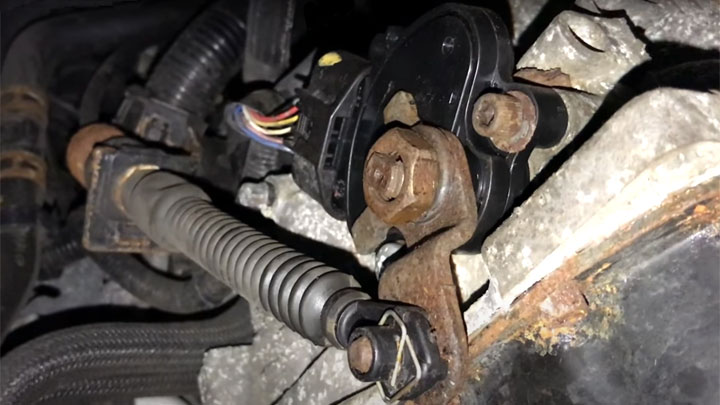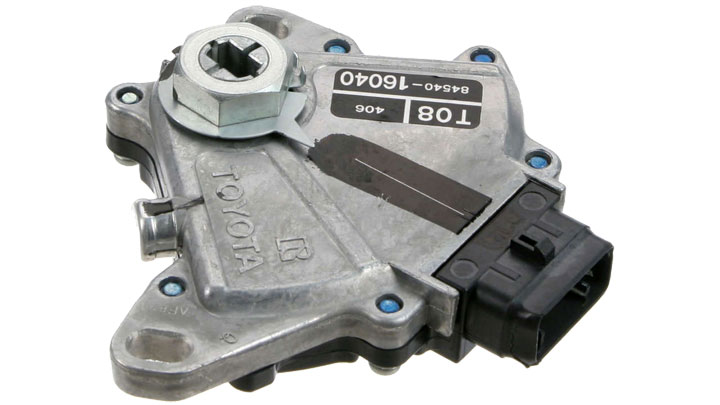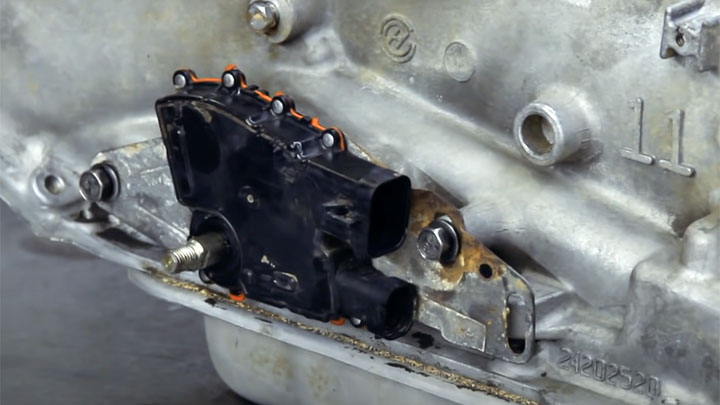4 Symptoms of a Bad Neutral Safety Switch (and Replacement Cost)
Quirky car issues that come and go are frustrating and can send us on a wild goose chase in search of an answer. A common culprit is the neutral safety switch, which enables starting in park or neutral. If this switch fails, you may be left stranded in the most inconvenient of places.
Read on to learn about the various symptoms of a bad neutral safety switch, its replacement cost, and how to bypass it in an emergency.

Bad Neutral Safety Switch Symptoms
A faulty neutral safety switch can be identified by a number of symptoms, several of which tend to be relatively common in nature. Recognizing these symptoms can prove extremely valuable when attempting to remedy the issue at hand, and return your vehicle to satisfactory operating condition in an expedited fashion.
The following are several of the most common symptoms of a bad neutral safety switch.
#1 – No Crank

In many cases, a vehicle will not crank at all when faced with a faulty neutral safety switch. At times, rapidly shifting through gears while sitting at a standstill will allow the failing switch to function again at random.
#2 – Cranks In Neutral, But Not Park
Oftentimes, a faulty neutral safety switch will cause a vehicle to start in neutral, but not in park. If you ever experience such symptoms, a faulty neutral safety switch is almost always to blame.
#3 – Cranks In Park, But Not In Neutral
A failing neutral safety switch can also cause a vehicle to start in park, but not in neutral. This tends to be conclusive enough evidence to warrant neutral safety switch replacement.
#4 – Cranks In Any Gear
Though much rarer than those conditions mentioned above, a neutral safety switch can also fail in the “functional” position, allowing a vehicle to crank no matter which gear the transmission is shifted to. This creates a potential hazard, warranting immediate replacement.
Read Also: 7 Reasons Your Car Won’t Go Into Reverse
Neutral Safety Switch Replacement Cost
Best places to order parts? See: 19 Best Online Auto Parts Stores

The exact cost of neutral safety switch replacement often varies significantly from one model of vehicle to the next. This is due to the wide range in parts costs, as well as the relative time required to replace the sensor itself.
However, as a general average, neutral safety switch replacement typically costs between $170-$250. In some extreme cases, the cost for such repairs can actually exceed $300, though this is quite rare.
What Does a Neutral Safety Switch Do?
The neutral safety switch is designed as a comprehensive safety measure, which prevents a vehicle from being started while in gear. This, in turn, eliminates the risk of a vehicle unexpectedly lunging forward, in response to being started in a forward or reverse gear, unbeknownst to the vehicle’s driver.
When functioning correctly, a neutral safety switch should allow a vehicle to be cranked in any non-directional gear, including “Park” and “Neutral”. Outside of these two gears, the crank of a driver’s key should be met with no response.
Simply put, the neutral safety switch is yet another device intended to minimize the instances of consumer injury. Devices of this nature are also generally designed to fail in a functional state, rather than a state of inoperability. While this maintains vehicle safety, it can also produce its share of headaches.
See Also: 3 Reasons Your Car Won’t Shift Out of Park
Where Is It Located?

A vehicle’s neutral safety switch is most commonly located along the body of the transmission, relative to the shift linkage itself. This positioning proves optimal for shift position monitoring, providing the most accurate measure of shift position.
In most cases, the neutral safety switch is adequately protected from incidental damage, due to its position toward the inside of a vehicle’s frame rails.
How to Bypass a Neutral Safety Switch
In certain instances, a vehicle’s neutral safety switch can be bypassed, allowing a motorist to make it home in the event of a neutral safety switch failure. However, bypassing a neutral safety switch should never be interpreted as a satisfactory repair, nor should such a technique be used under anything other than emergent circumstances.
The following is a general description of how to bypass a vehicle’s neutral safety switch.
Read Also: How to Hotwire a Car in an Emergency
#1 – Locate Model-Specific Wiring Diagram
You will begin by locating a year/model specific wiring diagram for your vehicle. This is important, as all neutral safety switches differ from one another in design.
Therefore, the procedure for bypassing a vehicle’s neutral safety switch is far from universal.
#2 – Determine Supply Wire
While studying the diagram mentioned in step #1, you will need to determine which wire delivers a “Key-On” 12-volt positive feed to the neutral safety switch.
#3 – Isolate Feed Wire For Ignition
You must now locate the wire within the same neutral safety switch connector that receives voltage when the vehicle is shifted to park and neutral. This wire should provide voltage to the vehicle’s ignition switch.
#4 – Jump Power From Supply to Feed
With both ends of the affected circuit isolated, you must now jump power from the voltage supply wire mentioned in step #2 to the ignition feed wire discussed in step #3.
Since most modern neutral safety switches now incorporate auxiliary functions within this same switch, it is important to accomplish this step with the switch’s connector still engaged.
This can be done by back-probing a jumper wire into the rear side (isolator end) of the neutral safety switch connector.
#5 – Start The Vehicle
Power should now be provided to the vehicle’s ignition circuit, allowing the vehicle to start without issue.
- P0480 Code (Symptoms, Causes, and How to Fix) - Apr 19, 2024
- Car Temperature Gauge Stopped Working? (Here’s Why) - Apr 15, 2024
- Ignition Coil vs Coil Pack (What’s the Difference?) - Apr 8, 2024
